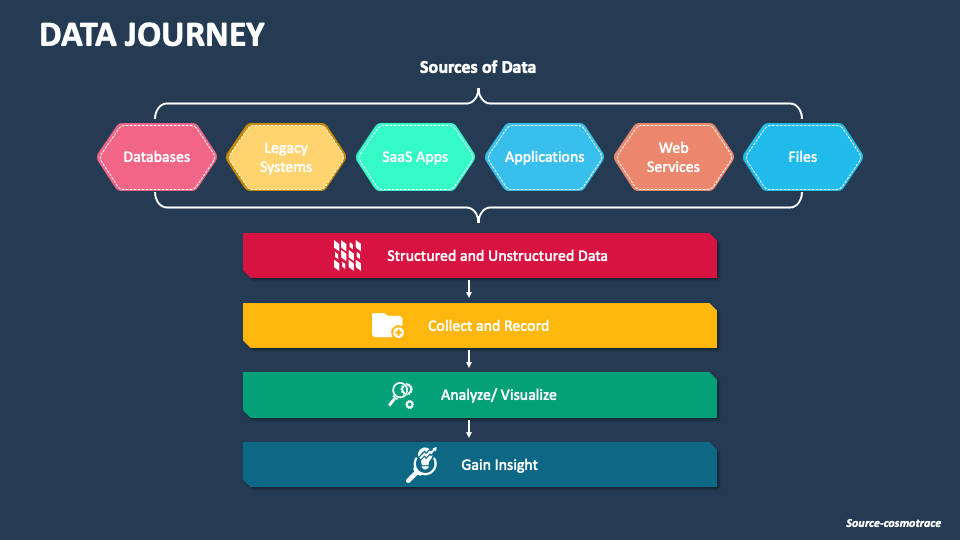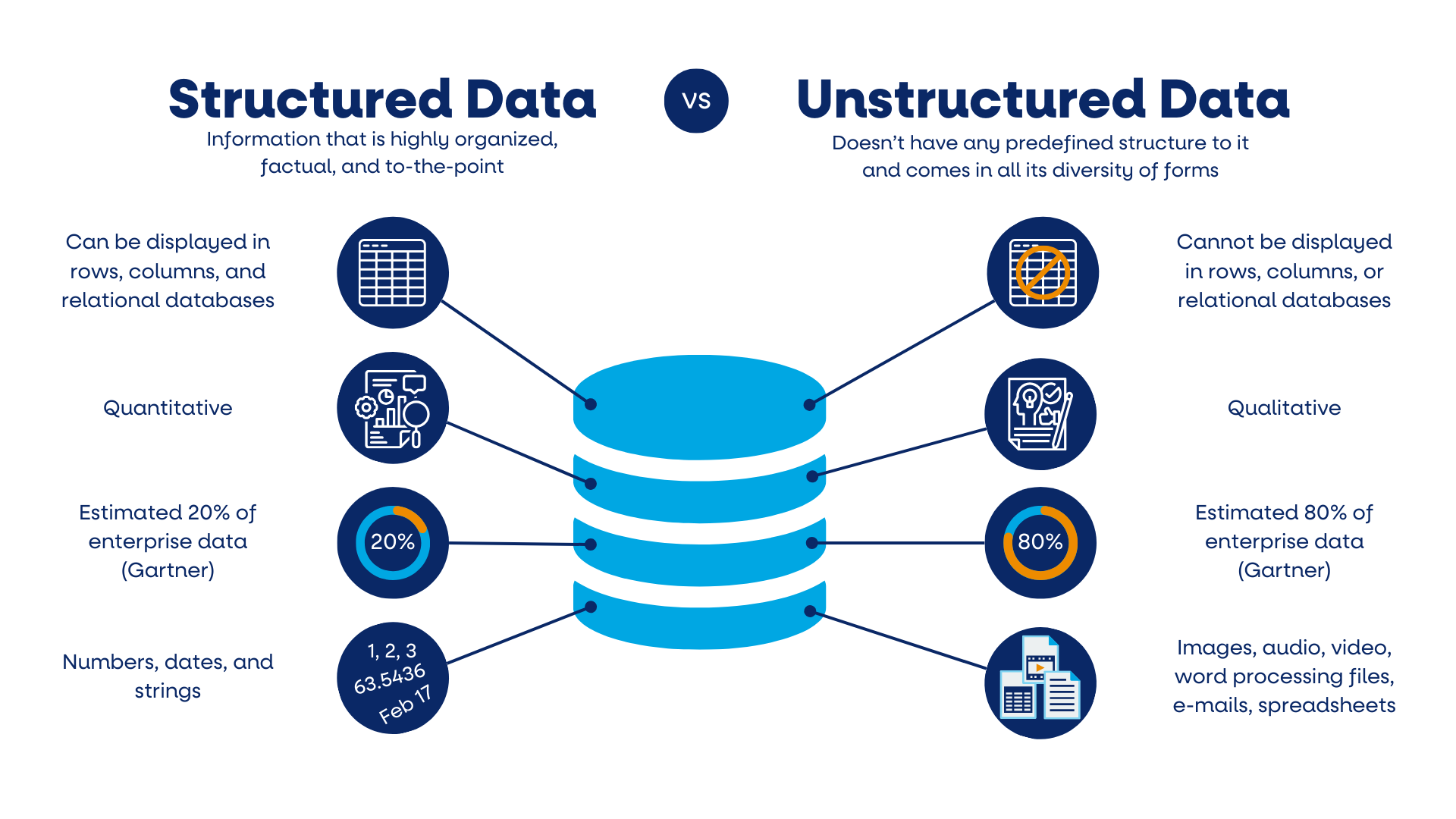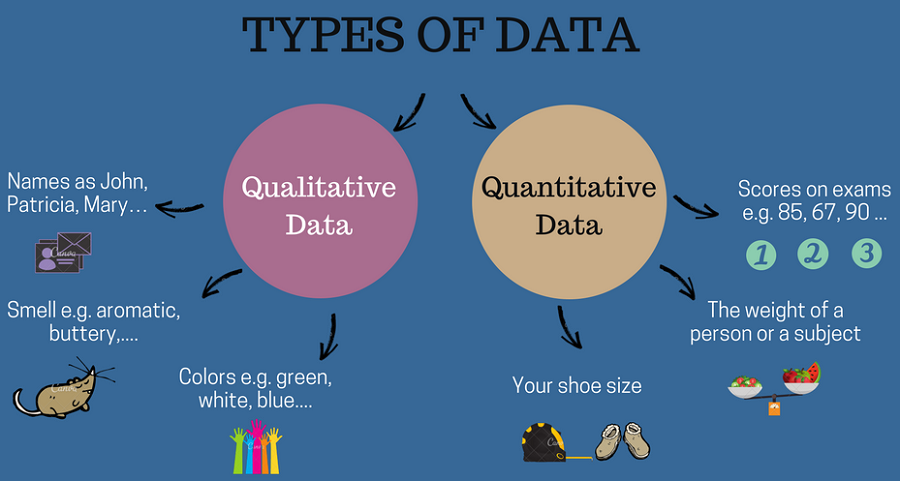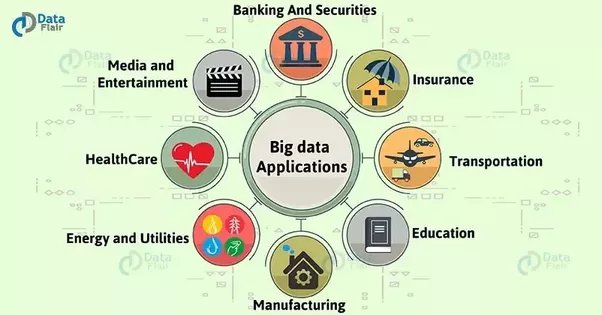The Power of Data: Transforming Insights into Action
 Ifeoma Okafor
Ifeoma Okafor
Data has become the cornerstone of modern decision-making, with its value transcending traditional assets like oil. Understanding how data works and learning how to leverage it for maximum impact are crucial skills for students and businesses. This article outlines the basics of data, explores the different types of data, and explains how data can be utilized across various fields, providing practical insights for data students and organizations.
Understanding Data Basics
The term "data" originates from the Latin word "datum," which means fact. In today's digital era, data refers to facts and statistics collected for reference or analysis. The daily interactions we have with various aspects of life—like age, gender, or the number of coffee cups consumed—are all forms of data. Whether it is tracking social media activity or calculating travel time, data is everywhere, and its omnipresence makes it a powerful resource.
Unstructured vs. Structured Data
There are two main formats of data: structured and unstructured.

Structured Data: This type of data is highly organized and usually appears in a tabular format, such as an Excel spreadsheet or a database. It has a predefined structure and typically consists of text and numbers, making it easy to manage and analyze. Examples include customer information and financial transactions.
Unstructured Data: In contrast, unstructured data lacks a specific format or organization. It can include text, images, audio, and video, making it more challenging to manage. Common examples are emails, social media content, and surveillance videos. Despite its complexity, unstructured data can be highly valuable for in-depth insights when processed effectively.
Understanding these two formats is crucial for businesses to choose the right data management techniques and tools.
Quantitative vs. Qualitative Data
Data can also be classified as either quantitative or qualitative, depending on its nature:

Quantitative Data (Numerical Data): This type of data can be counted, measured, and expressed using numbers. Examples include room temperature, the height of a person, or financial figures.
Qualitative Data (Categorical Data): Qualitative data describes qualities or characteristics and can be grouped into categories. For instance, a person's language preferences or their favorite holiday destination are forms of qualitative data.
Differentiating between these types of data helps in choosing the appropriate analytical methods and interpretation techniques.
Data Context And It’s Importance
Data is meaningless without context, as it requires relevant background information to interpret correctly. For instance, a graph showing the number of goals scored by two athletes—Lionel Messi in football and Alexander Ovechkin in ice hockey—may seem to compare their skills. However, knowledge of the two sports is needed to draw meaningful conclusions. Context includes factors like the time frame, location, or source of the data, and is often referred to as metadata. Industry knowledge is also vital to making informed decisions based on data analysis.
Practical Applications of Data in Different Sectors
Data's versatility makes it valuable across various sectors. Here are some ways in which data can be applied to solve problems and improve outcomes:

1. Data for Personal Use
Individuals interact with data daily when managing finances, tracking health metrics, or planning activities. Simple activities, such as monitoring weight or budgeting, involve data usage. Leveraging this data can lead to better decision-making and lifestyle improvements.
2. Data in Business
For businesses, data's ultimate goal is often to increase profitability. By gathering and analyzing customer data, businesses can refine products and enhance customer satisfaction. Similarly, employee feedback data can be used to improve workplace conditions, boosting morale and productivity. Data transparency on investments can optimize operations, spot growth opportunities, and reduce costs.
3. Data in Healthcare
The healthcare sector increasingly relies on data to transform patient care into precision medicine. With over a billion people using wearable devices, health data can be shared with physicians to detect and predict disorders. This data-driven approach supports proper treatment plans and contributes to global healthcare and pharmaceutical research advancements.
4. Data in Supply Chain Management
The supply chain industry uses data analytics to optimize processes, predict demand, and maintain the right inventory levels. Techniques like demand forecasting and inventory turnover calculations allow companies to minimize waste and maximize efficiency. Analyzing data from each part of the supply chain helps improve logistics and distribution.
5. Data in Education
Educational institutions can leverage data to enhance the learning experience. They use data from user feedback, quiz submissions, and drop-off rates to improve course content and design. Analyzing student performance data enables educators to identify areas where learners struggle and tailor content to meet their needs.
Competitive Advantage Through Data
Data is unique to each organization, giving businesses a competitive edge. Competitors cannot replicate insights drawn from proprietary data, making data-driven decision-making superior to relying on intuition. Companies that master data utilization can unlock new growth opportunities, optimize resources, and improve customer experiences.
Subscribe to my newsletter
Read articles from Ifeoma Okafor directly inside your inbox. Subscribe to the newsletter, and don't miss out.
Written by

Ifeoma Okafor
Ifeoma Okafor
I am passionate about technology, a pharmacist and a passionate advocate for public health. I firmly believe that leveraging technology is pivotal in advancing healthcare and ensuring its accessibility to all individuals. When I am not immersed in the activities stated above, I find solace in indulging in life's simple pleasures. Reading captivating books, watching thought-provoking movies, and cherishing invaluable moments with loved ones are among the many ways I find joy outside of my professional pursuits. Read, follow and leave a comment ❤️